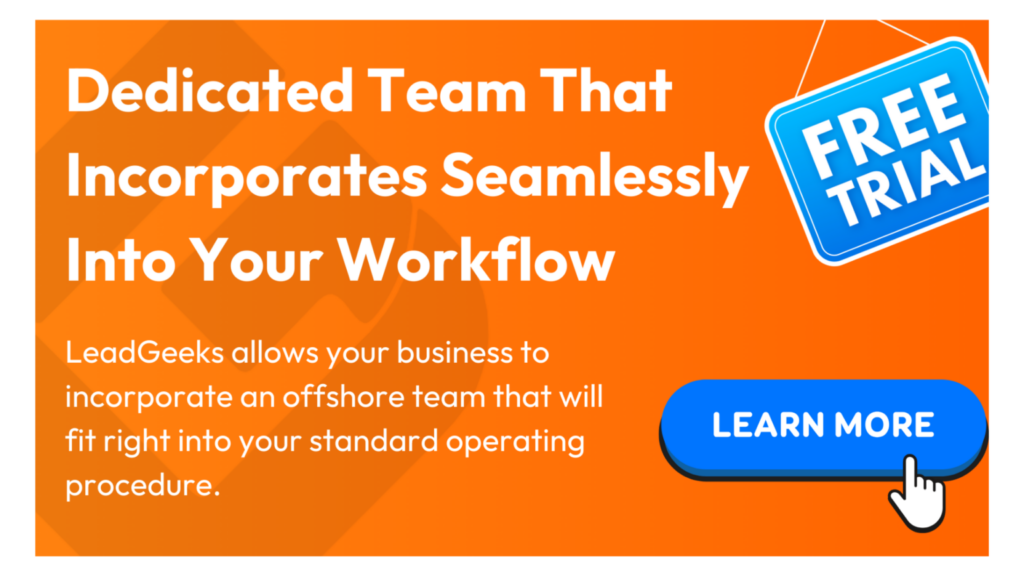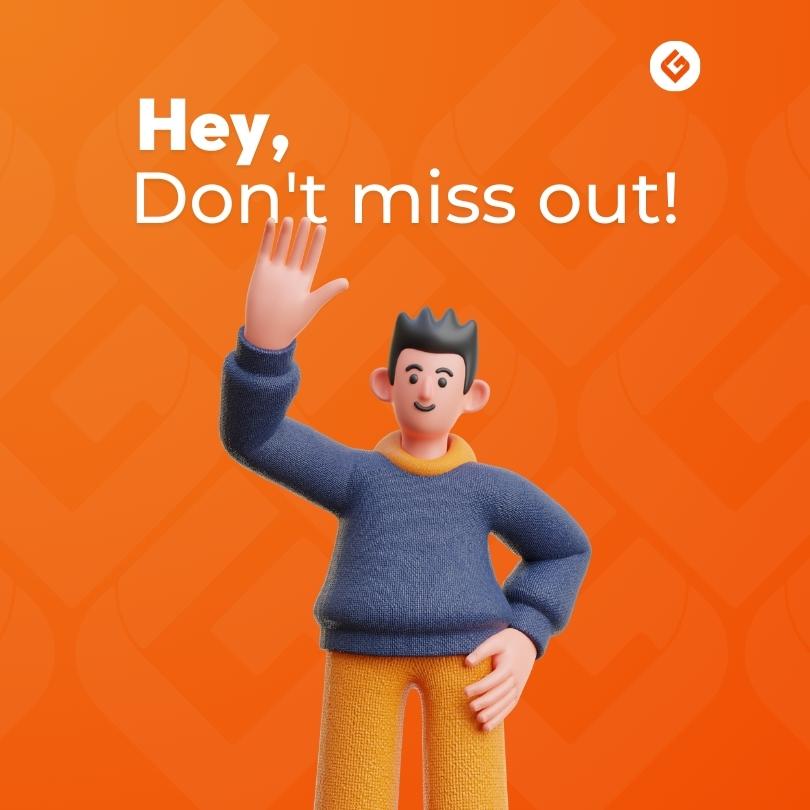Written by Gabriela Loupatty, Intern at LeadGeeks, Inc.
The Power of Hyper Personalization in B2B
In B2B tech marketing, generic outreach no longer delivers results. Whether it’s inbound or outbound, marketers are putting much more emphasis in personalized content. Buyers expect messages tailored to their business context, challenges, and intent. Some still treat personalization as optional. But when you match the message to the moment, results often speak louder than predictions.
Picture a CRM manager sending thousands of emails with minimal engagement or a martech specialist struggling to activate meaningful campaigns. Hyper personalization changes this. It connects clean data, behavior insights, and decision triggers to fuel customized content and interactions that drive action.
This blog explores what hyper personalization strategies means in B2B, how it differs from basic personalization, and how tech marketers can build data-driven, scalable strategies for real results.
What Is Hyper Personalization and Why Does It Matter in B2B?
Basic personalization are common ways we makes messages feel personal; like inserting a first name or company name into emails. Hyper personalization strategies is similar, but goes far deeper. It uses intent data, behavioral signals, and firmographics to deliver relevant messages across the buyer journey.
Instead of sticking with just mentioning their first name or company, it may include relevant recent activities, changes in company structure, specific posts they made that showcase their pain point and many more. In short, this kind of personalization will not only feel personal, it will also be deeply relevant to why your solutions will be useful to your prospects.
What Sets It Apart:
- Basic personalization uses static fields (like “Hi Sarah from Acme Co.”)
- Hyper-personalization uses dynamic insights (like recent product behavior or segment triggers)
- It adapts content, format, and timing based on buyer signals
This relevance drives stronger engagement, increases trust, and shortens sales cycles.
From Signals to Segments: Mapping the Data Journey
The foundation of hyper personalization strategies are clean, structured data. Here’s how B2B marketers can connect data to experience:
- Capture intent signals from web behavior, event registrations, email clicks, or product interactions
- Enrich buyer profiles using firmographic and technographic data sources—this includes company size, vertical, location, job function, and tools used
- Segment accounts by need, journey stage, buying readiness, or use case
- Deliver tailored content such as solution briefs, demo invites, or industry-specific webinars
A platform like Salesforce Data Cloud can help centralize this journey. Personalization engines that allows A/B testing like Adobe Target can automate delivery. The result is marketing that feels one-to-one, without being manually built every time.
Technologies that Support Hyper Personalization
Yes, hyper personalization is possible without automation and in an ideal world you would like it to always be human-to-human. However, if you process everything manually, it will take forever to process all the prospects you have. To move from idea to execution, B2B teams must unify data, orchestrate workflows, and activate messages across multiple channels. Without a way to make it more automated, it will either be way too consuming or cut too much corners in personalization. Lets cover the 3 main technologies you need to consider to prevent this.
Customer Data Platforms (CDPs)
A Customer Data Platform serves as the foundation of any hyper-personalization strategy. It gathers and unifies customer data from every touchpoint into a single, actionable profile. In B2B tech, CDPs can track behavior across email, websites, mobile applications, and product usage while maintaining account-based structures.
Use case: A cybersecurity software provider notices that a prospect browses multiple product pages related to endpoint protection. Their CDP records this activity and assigns the user to a segment focused on threat detection, automatically triggering a follow-up campaign that includes relevant demos and customer success stories.
CRM and Marketing Automation
Once data is centralized, integration with a CRM and marketing automation platform ensures that personalized messaging reaches the right individuals at the right time. Modern CRMs such as HubSpot or Salesforce can sync with CDPs to deliver highly relevant emails, notify sales reps in real time, and power multi-channel campaigns.
Best practices include:
- Feeding intent signals into lead scoring
- Using dynamic email content tailored to company size or industry
- Timing outreach based on time zones, buying stage, or urgency level
Personalization Layers for Digital Experiences
Your content delivery system must be flexible enough to support dynamic messaging. The platform you use need to be able to allow content teams to tailor landing pages, resource centers, and calls to action based on visitor profile or behavior.
Examples of use in action:
- A fintech company changes landing page visuals and messaging depending on whether the visitor is from the insurance or banking sector
- A follow-up email includes a product comparison tailored to the tools the user already employs
- A content hub presents different reports or webinars based on job title and funnel stage
These are not cosmetic changes. They improve conversion by aligning messaging with what the buyer cares about in that moment.
Making It Scalable
Hyper-personalization does not mean creating thousands of one-off messages. With a solid martech foundation, clear segments, and modular content, B2B marketers can deliver unique experiences that feel tailored while keeping operations efficient.
In B2B tech, success is not measured by effort alone. It is defined by outcomes. Once personalization is in place, teams need to evaluate whether their data-driven experiences are moving the needle.
Measuring What Matters
To prove the value of hyper-personalization, focus on metrics that reflect buyer progress through the funnel and revenue impact.
Key performance indicators include:
- Engagement lift: Are open rates, click rates, and time on site improving for personalized content versus standard content?
- Conversion rates: Are personalized touchpoints resulting in more demo requests, content downloads, or form submissions?
- Pipeline velocity: Are accounts in personalized journeys moving faster from opportunity to close?
- Customer value: Are tailored campaigns increasing deal size, retention, or upsell potential?
McKinsey reported that companies using personalization at scale achieve 40 percent more revenue from those efforts compared to those that do not. In B2B, where deal cycles are longer and buying groups are larger, even small improvements in conversion or velocity can generate substantial gains.
Continuous Optimization
Personalization is not a set it and forget it strategy. It requires a feedback loop across teams. Insights from sales should inform new segments, campaign data should refine messaging, and changes in buying behavior should trigger content updates.
Strategies to keep personalization sharp:
- Review journey performance by segment, each quarter
- A/B test message variations at the segment level
- Interview sales teams on what personalization points resonate most
- Refresh templates, visuals, and copy based on campaign learnings
By aligning content, data, and platform insights, you create a self-improving system that evolves with the buyer.
The rise of AI, privacy regulations, and self-guided buying are reshaping how businesses engage. Hyper personalized strategies is no longer an optional approach. It is a competitive advantage. B2B marketers who deliver relevant, timely, and experience-driven interactions will stand out in saturated markets and shorten the distance between awareness and revenue.
If you are on a lookout for a team that will assist you in providing and tackling high-quality leads with hyper personalization strategies for your business to business sales, why not try LeadGeeks? Our expertise and experience can guide IQLs all the way until they are ready to buy! Want to talk to us? Click below!















Leave a Reply